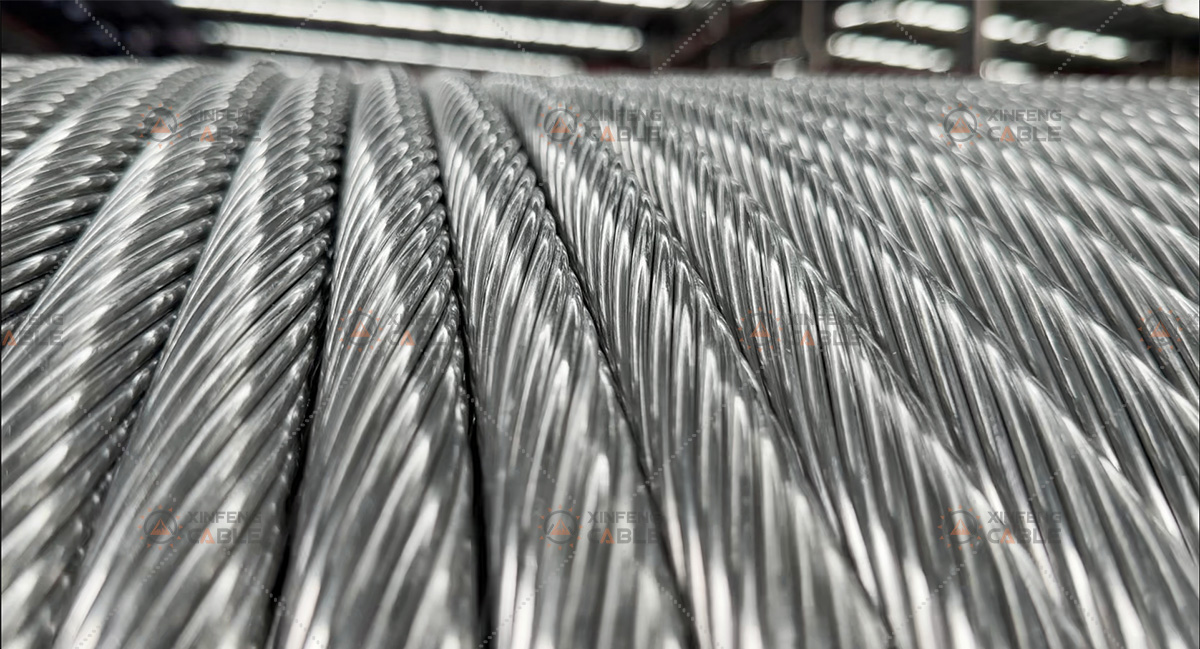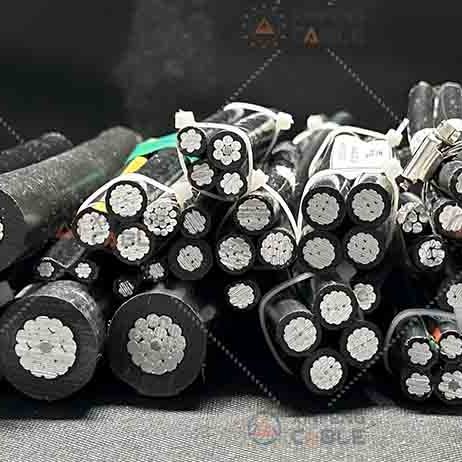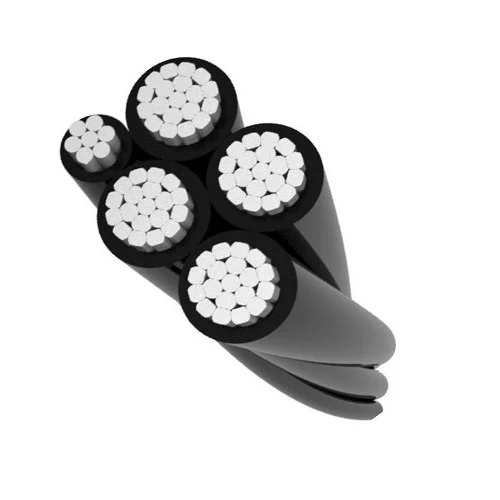Electricity transmission is a critical process that requires reliable and efficient technologies, including cables and wires. Cables are essential components in the transmission of electricity, providing a dependable means of transporting large amounts of electrical energy over long distances.
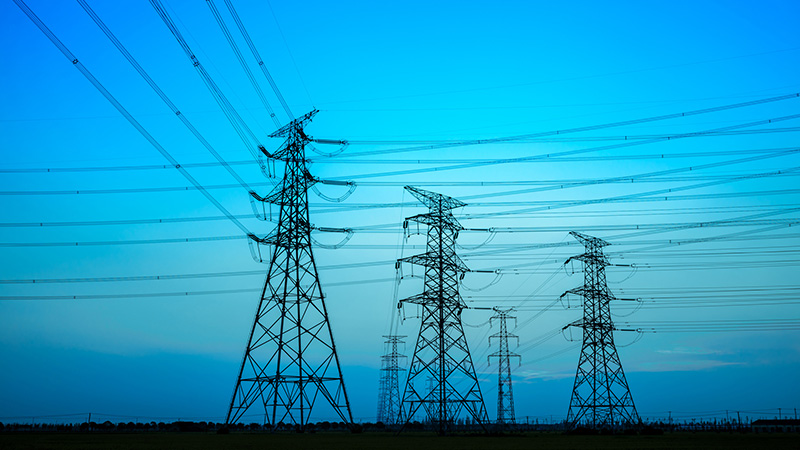
Cables used in electricity transmission must be designed to withstand high voltages, currents, and temperatures, while also providing insulation to prevent electrical leakage and breakdown. The most common types of cables used in transmission applications include high-voltage cables, extra-high-voltage cables, and submarine cables.
High-voltage cables are typically used for the transmission of electricity over shorter distances, such as from a power plant to a local substation. These cables are designed to withstand high electrical and thermal stresses and are often insulated with materials such as XLPE or EPR.
Extra-high-voltage cables are used for longer distance transmission, such as across countries or continents. These cables can operate at voltages up to 500kV or higher and are designed with multiple layers of insulation to prevent electrical breakdown.
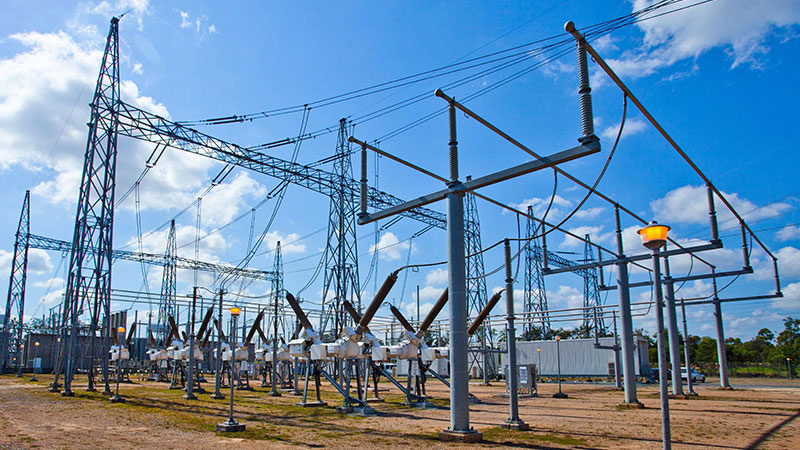
In addition to their use in transmission applications, cables are also used in distribution systems to deliver electricity to individual homes and businesses. These cables are typically lower voltage than transmission cables and are designed to be more flexible and durable to accommodate the needs of urban environments.
The cable and wire industry continues to develop new products and technologies to meet the evolving needs of the power industry, ensuring that the transmission of electricity remains safe, reliable, and efficient. We are committed to providing high-quality cables that meet the rigorous demands of electricity transmission and distribution systems.



